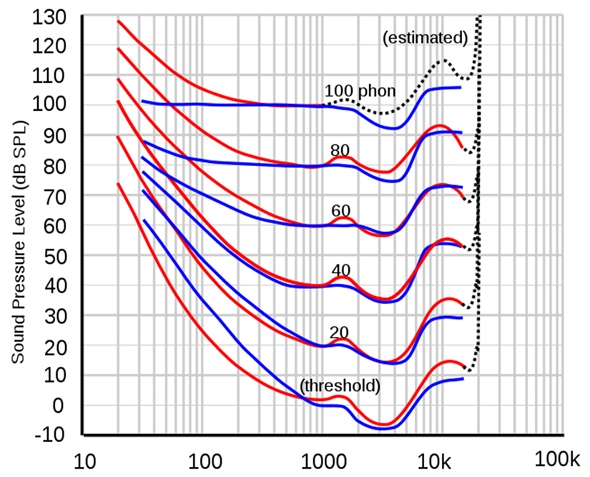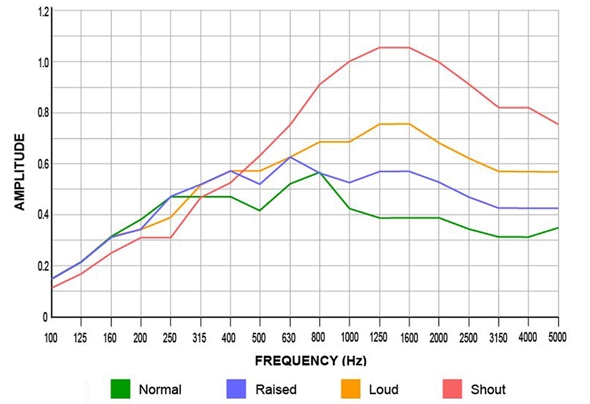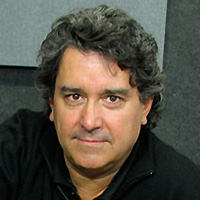An interesting development has occurred in recent times: folks have become much more aware that the acoustic space plays a critical role with respect to the final sound of the room.
In other words, unless you “fix the room,” changing the sound system may in fact not solve the problem at all. And truth be known, bringing the room acoustics up to an “acceptable level” is often actually easier than setting up a PA system!
Testing One, Two, Clap
Go into the room, clap your hands. If the trailing echo and reverb is longer than 1 second, it will affect the intelligibility of the system.
Intelligibility is a term that describes our ability to understand what is being said. Back in the dark ages, Gregorian chant was perfectly suited for the long trailing reverb that was common in houses of worship.
And the spoken word? Only the elite could speak and understand Latin, so for the average person, following the sermon had very little to do with understanding the message.
Today this has changed. Music has become rhythmic; the language in the church, nightclub or conference center is the language of the people. It is all about communicating a message. And for this to be effective, the message must be clear.
Solving The Problem
This article is not about creating a performing arts center out of a gymnasium. It’s about reducing the reverberant field so that the sound system can actually do its job.
The human voice ranges from 200 Hz to about 4 kHz, with a peak around 500 Hz. The louder we speak, the more accentuated our voice will be in the mid-range. Acousticians are specialists that have the expertise to deliver optimized high-end rooms. Here, we’re only going to tackle the basics so that you can turn a problem space into an acceptable one.
Fletcher-Munson curves show us that human hearing is also most sensitive to the mid range. This provides us with the first key ingredient to improving intelligibility: we need to focus our attention on the mid-range.

The next bit that we need to consider is that low frequencies have much more energy than high frequencies. And further, that bass frequencies below 300 Hz are deemed to be omnidirectional and high frequencies tend to beam like a flashlight.
Therefore, bass frequencies are very difficult to manage while mids and highs are relatively easy.
So let’s pick the easy fruit off the acoustic tree first! Draw a plan view of the venue. Position the main loudspeakers and trace the dispersion angle of the horns.
As the sound expands away from the cluster, it will reflect off the walls, causing primary reflections. These reflections combine with the direct sound emanating from the loudspeaker to cause an effect known as comb-filtering, whereby some frequencies will “phase cancel out” while others will be reinforced, depending on the wavelength and distance.
Attenuate, Absorb
To make matters all the more interesting, the comb-filtering will vary depending on where you’re sitting in the room. So changing seats will have a dramatic effect on how well the output is heard.
By attenuating the reflections, comb-filtering is minimized while voice intelligibility and sound localization are improved. This is typically done by mounting acoustic panels on wall surfaces. The more panels that are used, the more sound will be attenuated, and the higher the quality of the acoustic panels, the more even the absorption will be.

Most rooms work well with about 25 percent wall coverage, but this is usually determined by available budgets. With 20 to 25 percent wall coverage in mind, sketch out a plan as to the best use of the available inventory.
Start by positioning the panels where the most obvious reflections will occur. In long rooms, this is usually along the side walls where the PA clusters will produce the most energy and subsequent primary reflections that will echo into the listening area.
In wider rooms, look at the back or “receive” wall where flutter or slap back echo will occur. Most spaces benefit with some treatment in each of these areas.
Good judgment and common sense go a long way to making a room work well. In other words, you may have to compromise due to windows, doors, traffic areas, and so on.














